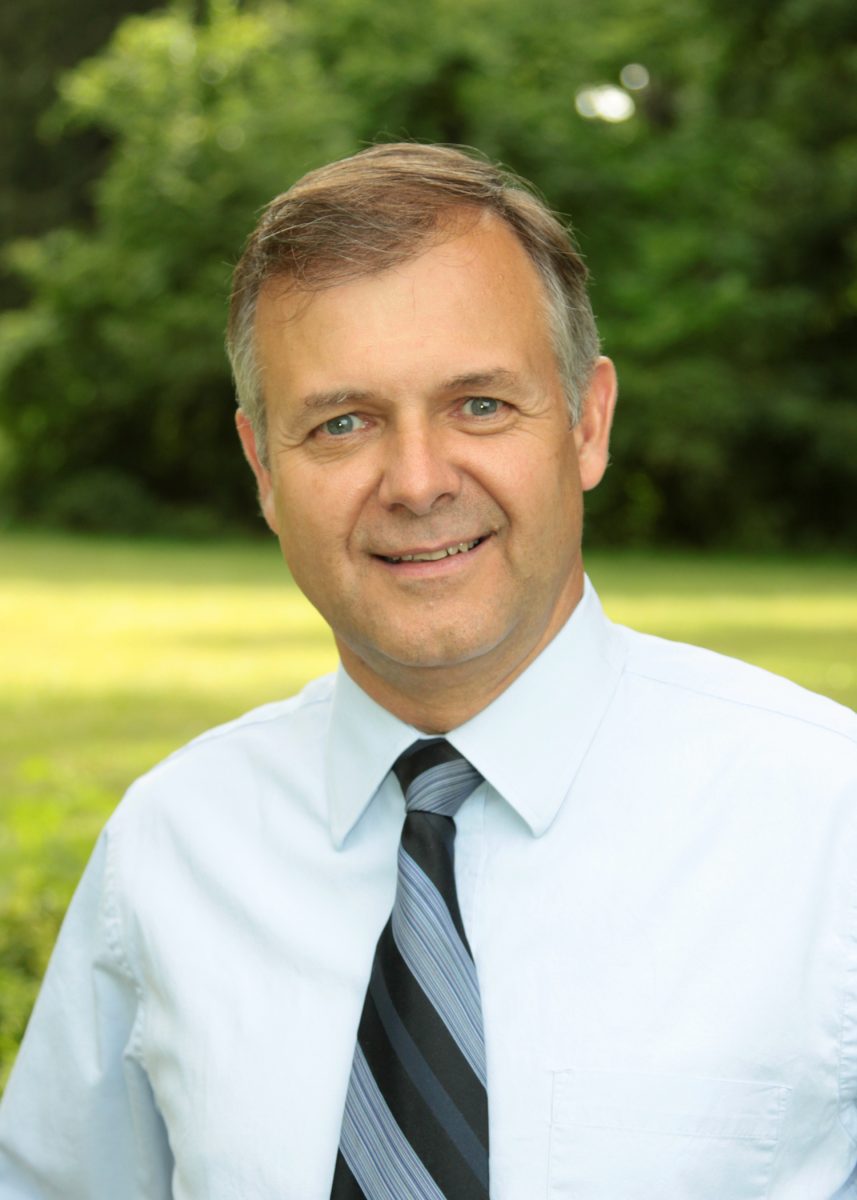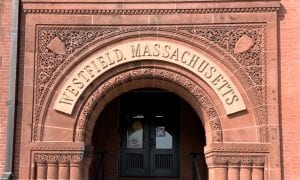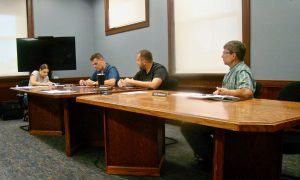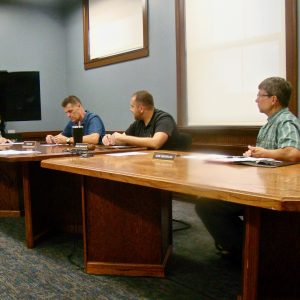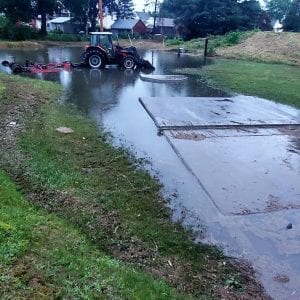Submitted by Dan Allie, Westfield At Large City Councilor
Everyone wants an ample supply of safe, clean drinking water, and we all want it as soon as possible. We all deserve the respect of a full explanation of what our government is doing, especially when it now asks citizens to pay for the solution.
Make no mistake; it will be the people who will pay for this clean up, whether through federal tax dollars, increased water rates or higher prices for products, or health issues.
One thing is clear, the people of Westfield did not cause the problem, and many believe that victims should not have to pay to clean it up. People want PFAS free water, and have serious concerns about water from Wells 7 and 8, that are close to the source of the contamination. They want polluters to pay, not the victims. How much pressure has the City put on our legislators, the Governor or President to address this issue?
All levels of government, including the military are instituted to serve and protect our citizens. We all understand stuff happens, mistakes are made and things may not be known at a certain point of time. At no time, did the American people give our government permission to pollute our water. We certainly did not ask for politicians or bureaucrats to make our government so complex, it cannot get out of its own way, especially when we have an emergency or an issue that demands immediate action.
The MASS DEP has determined there is sufficient evidence that activities on the air base by the Air National Guard and its use of fire fighting foam is the primary source of the PFAS contamination. The DEP would pay for clean up, if that the state had the money. Has the City asked for this to be addressed in the state budget?
People are frustrated and tired of politicians and a government that does not respond to the basic needs of the people; or take responsibility, or demand action.
What information was presented to the Water Commission? Was a design and layout of the permanent facility for wells 7 & 8 presented? Did it include alternatives explored for supplying water, or options for mitigation?
Why was so little information presented to the City Council? Should the Council vote to approve a request, and the people of Westfield pony up $18 million dollars, without an explanation or presentation, as to the safety, reliability and efficiency of filtering wells 7 and 8, as well as other viable alternatives?
What is the City’s response to health concerns for various age groups, or with a lifetime exposure to PFAS?
PFOS levels in Well 7 were in the top 0.5% of all samples in public water supplies tested across the U.S. with PFAS in the country, and is the well closest to the likely source of PFAS contamination. In addition to bench scale testing, what other information was considered, or experts consulted by the Water Commission or Water Department regarding “breakthrough” of short and long chain PFAS?
Some PFAS’s with shorter carbon backbones and other chemical structures are not as effectively removed. What percentage of PFAS and PFOS will be removed? Which kind of PFAS will be monitored to determine “breakthrough” and at what effluent PFAS concentration will the carbon be replaced?
Besides the redundancy in the granular activated carbon (GAC) filtration system, what assurance are there that a breakthrough would not happen, or be detected immediately, given the high level of contamination at Wells 7 and 8?
How often will the GAC filters need to be changed out at Well 7 and 8, and what is the annual cost for change outs and maintenance?
Are there no other high yield well locations that are outside the PFAS contamination zone?
What other viable alternatives to supply the City with safe drinking water were considered, such as new well sites, obtaining water from Holyoke? Why was this information not presented to Council?
With 3 of the 4 wells on the north side taken out of service, did any Westfield City official approach Governor Baker or the Mass Department of Environmental Protection to seek emergency status, or Fast Track approval of permitting new wells, filtration systems or alternatives to providing safe drinking water?
What options exists at the state and federal level for providing clean water and assisting with costs? What agencies and officials outside the City were contacted to assist with clean up and mitigation, or help with costs? Why haven’t residents been asked to put pressure on our federal or state officials?
Holyoke has many sources for water, including the Tighe-Carmody Reservoir located in Southampton, which has a capacity of 4.825 billion gallons, and a safe yield of 13 million gallons of water per day, with two lines along North Road. This water is not treated.
Holyoke has an overabundance of water, and its demand is decreasing. Holyoke could really use the money, as the city is at its tax levy limit. Holyoke has very little land that can be developed to increase its tax base, and would benefit greatly by finding a large, long-term consumer for their water, with no impact on the environment.
We have been told it would require thousands of feet of pipe, and a filtration system. We may only need a few hundred feet of pipe. Many residents and experts believe it would be better to filter some of the best water in the country, rather than from a contaminated location.
The importance of providing an ample supply of clean, safe drinking water both immediately and in the future, and the spending of at least 18 million dollars demands that Councilors do our due diligence and investigate this matter.

